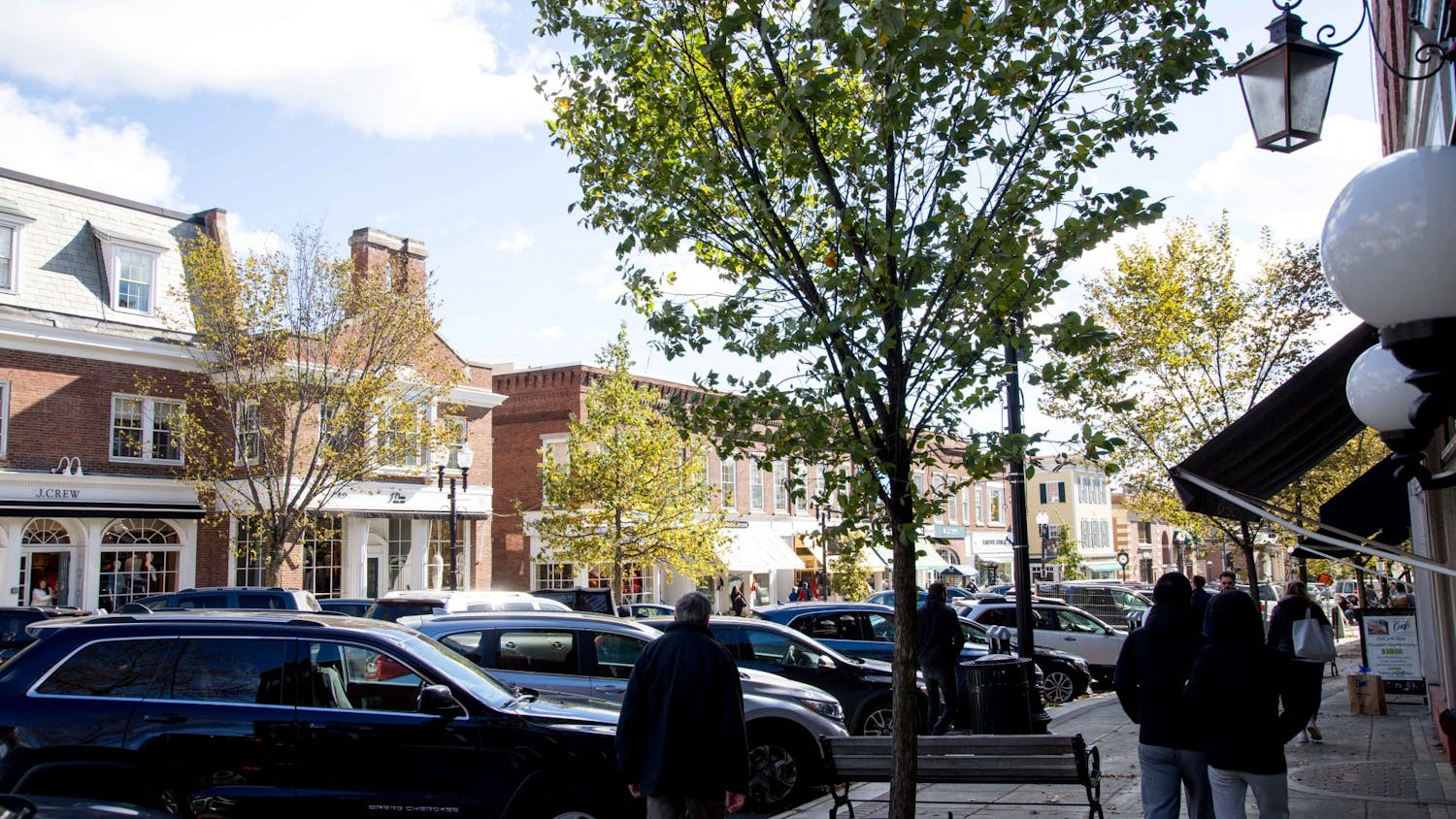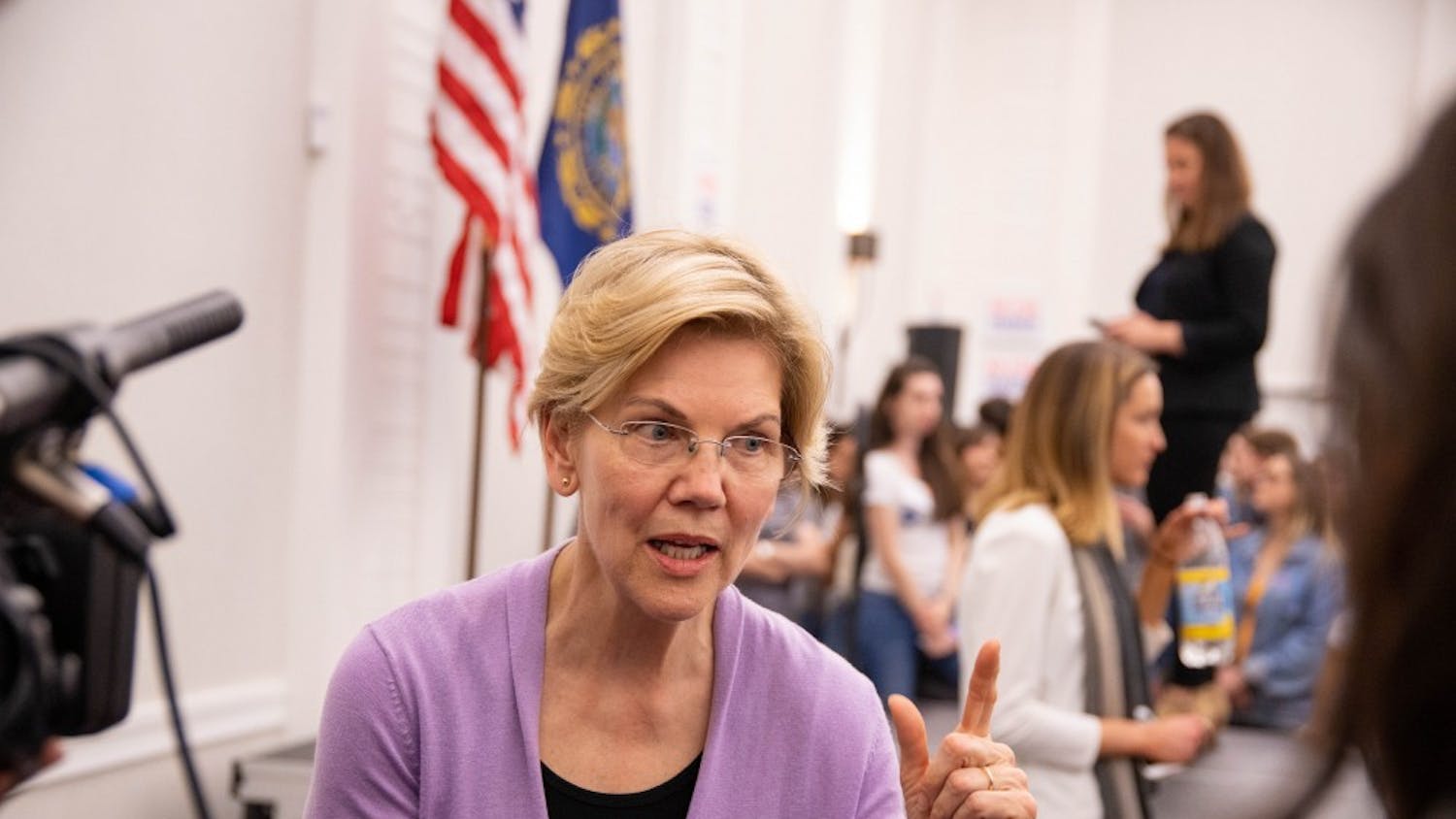How can we start preparing now for the next COVID-19? If you ask some of science and medicine’s best thinkers, the answer lies in monitoring and sequencing viruses in animals, continuing development of new vaccines and increasing funding to the WHO, among other approaches. To be sure, these ideas have great promise — but on their own, they can never be enough. In addition to harnessing innovations in science, preparing for the next pandemic will require a multi-pronged economic plan to tackle mounting financial and social inequities that contribute to the spread of disease and inhibit any attempts to stop it.
New York's experience last fall is evidence of this: According to one analysis, the city's wealthiest neighborhoods had four times the COVID-19 testing rate of poor neighborhoods. As a result of this testing inequity, lower-income areas simply weren’t able to trace the virus as effectively, possibly contributing to greater spread and the subsequent devastation it caused in the city. Unsurprisingly, just a few months later, poor neighborhoods — among them Harlem, Washington Heights and Flushing — also faced rapid spread of contagious COVID-19 variants during New York’s second wave. If our future pandemic planning neglects to address the inequities in disease burden and spread among low-income Americans as compared to their wealthier peers, our plans are doomed to fail. As we prepare for the next pandemic, reducing excessive economic and social inequality must be the driving principle.
While inequality itself doesn’t create the viruses responsible for pandemics, it’s what so often allows them to spiral out control. Just think about who has been able to afford to stay at home during the pandemic — largely the wealthy, or those with jobs that can be moved remotely. Those with lower incomes are more likely to work service jobs that must be done in person and often lack the financial resources to make an extended quarantine tenable. This lack of ability to quarantine resulted in an accelerated spread of disease among low-income populations — one national analysis estimated a person in the bottom half of the income distribution was twice as likely to die from COVID-19 than someone in the top half. By contributing to a social environment in which disease can spread uncontrollably, economic inequality has exacerbated the negative impacts of this pandemic and is poised to do the same the next time around.
Empirical studies over the past year have provided compelling data that illustrates the pandemic-accelerating effects of inequality. A study of stay-at-home orders in 2020, for example, revealed that in counties with low levels of poverty, adoption of social distancing requirements was followed by a decline in COVID-19 cases. However, counties with high levels of poverty saw no such beneficial effect after public health measures came into place — that is, stay-at-home measures did not correlate with tangible improvements in disease transmission.
A lack of access to healthcare further compounded these negative effects among Americans living in poverty. Even after controlling for other political factors, counties with limited access to Medicaid — the federal program which provides health coverage to the poor — saw considerably higher rates of disease than those where the program was more accessible. This finding demonstrates in no uncertain terms that unless we can make healthcare and the ability to quarantine accessible to all, we risk another uncontained pandemic, where public health measures fail to effectively contain the virus.
An increased rate of transmission in economically disadvantaged communities isn’t unique to COVID-19. Studies of flu have found that societies with higher levels of income inequality saw higher rates of transmission, in turn felt disproportionately by the poor. During the 2010 H1N1 pandemic, for instance, a lack of paid sick days in certain workplaces likely contributed to people working while sick, which by one estimate nucleated 5 million additional cases of the virus. Social and economic inequities have long been driving the spread of disease during pandemics — yet they still haven’t been adequately addressed.
So, how can reducing inequality help limit future pandemics? First, we need to understand that temporary aid programs won’t be enough to facilitate adequate social distancing — the federal government can’t solve inequality just by throwing cash at the issue in times of crisis. During this pandemic, the Paycheck Protection Program’s infusion of cash has helped keep people on payrolls even during business shutdowns, but the loans and grants flowed primarily to already well-resourced areas, depriving businesses in poorer areas of their fair share. In areas where the median household income was below $40,000, a smaller proportion of businesses got access to the loans, preventing these communities from being able to observe life-saving but costly public health measures.
The one silver-lining is that there’s plenty of low-hanging fruit. Twelve states have yet to expand Medicaid, an easy, life-saving step that would go a long way in mending broken trust in the broken health care system — and by extension, in the public health advice given by medical professionals. Additionally, the massively popular American Rescue Plan must be made permanent. The plan provided a child tax credit and enhanced Affordable Care Act subsidies — but these benefits are due to expire at the end of 2021. It’s vitally important that these benefits, which stand to reduce family poverty and get millions more Americans covered, be extended indefinitely. Infrastructure improvements, broadly defined, could also critically reduce economic inequality. Experts believed a lack of access to computers held back many poor New Yorkers from signing up for COVID-19 testing, contributing to the vast disparities across neighborhoods. Expanding programs that give laptops to low-income people would provide more equitable digital infrastructure and reduce inequalities. Public transportation improvements also provide an opportunity to better the lives of low-income Americans, connecting people to jobs and health services in a low-cost way.
With one of the highest levels of income inequality in the developed world, the U.S. needs an ambitious overhaul to reduce the social conditions responsible for the rapid spread of disease. COVID-19 has made it simply impossible to ignore the disastrous consequences that excessive inequality has on the health of our nation. When a COVID-19 surge tore through low-income neighborhoods in Los Angeles in what California Gov. Gavin Newsom, D-Calif., characterized as a “surge on top of a surge,” many Americans watched in shock as overflowing county hospitals turned away patients and the National Guard arrived to deal with a flood of bodies. If we want to atone for the sins of this pandemic and be prepared for the next one, reducing social and economic inequality is the most crucial piece of the plan.



